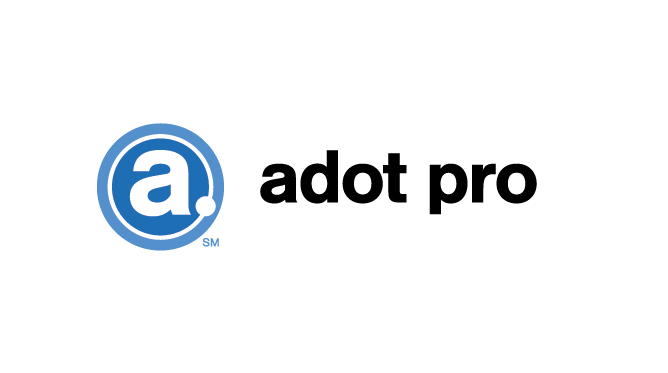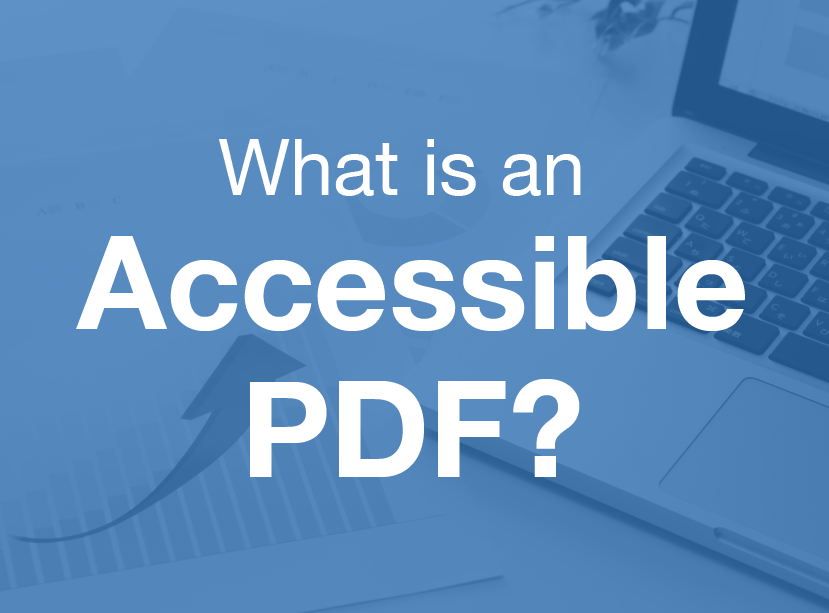Web Accessibility: You’re Getting Sued in 2018, Here’s Why
- January 25, 2018
- / Adot Labs
- / learningcenter

No one wants to be on the receiving end of a lawsuit, but for many businesses, 2018 promises to be the year that they will, and the reason will be website accessibility.
Most businesses seem to only think about web accessibility after they’ve already received a demand letter or have been served with a lawsuit. Not being compliant with the American’s with Disabilities Act (ADA) can be a costly mistake, not only for your bottom line but for your reputation--discrimination is bad for business.
How Do ADA Laws Affect Your Website?
In simple language, if your website cannot be interacted with or used by a visual, hearing, or cognitive disabilities, then you are subject to a lawsuit under Title III ADA Laws. Thanks in part to “ADA Title III Specialist*” crawling the internet for non-compliancy, the initial intent of the ADA has been seemingly tainted & weaponized. Far too often, many businesses are now finding themselves facing legal action in the name of web accessibility at the hands of law firms with hundreds of similar suits filed on behalf of, often—a single client or serial suer.
*ADA Title III Specialists are primarily lawyers or private investigators working on behalf of a law firm, scrolling through websites or driving by businesses looking for issues.
The Root of the Web Accessibility Lawsuit
Many company websites aren’t adequately accessible to disabled persons. What this means is the website lacks the assistive technologies needed for the blind or hearing-impaired. It is due to this inadequacy, that the number of website accessibility suits have dramatically increased over the last 17 years.
Web accessibility lawsuits started back in 2000 when Bank of America became the first entity to settle a web-accessibility lawsuit. It was the first US agreement in which an institution committed to making its website accessible.
Since then, the number of web accessibility lawsuits has steadily increased, topping over 430 in the first eight (8) months of 2017.
The Meaning of Web Accessibility
Web accessibility refers to the inclusive practice of removing barriers that prevent interaction with, or access to websites, by people with disabilities. Just like a building that provides physical accommodations to those with disabilities a website should provide accommodations*, so those with disabilities have access to the information and services provided.
*Each industry is subject to specific public accommodation criteria, you are encouraged to explore which items/services that are available on your website are applicable.
The ADA states that it is illegal for a business to discriminate against persons with disabilities and with the recent ruling in the Gil vs. Winn-Dixie case, it has been solidified, that this includes a business’s website. Ensuring that everyone has equal access and opportunity to use a company’s goods or service is the primary objective of American’s With Disabilities Act.
More Than Just Buildings & Parking Lots
27 years ago, when the ADA was signed, the internet was not utilized in the same fashion or on the same scale as it is now. The interpretation of ADA laws has been extended to now include digital communications. Today, there are more lawsuits filed against businesses for their digital content than ever before.
In previous years, businesses were primarily subject to lawsuits based on brick-and-mortar issues. (e.g. ramps, seating, parking lot accessibility etc.).
What is a business to do?
Note: Remember that your website is an ever-evolving thing (users come and go, content changes, etc.) this means that a “quick fix” will not protect your business from a lawsuit on a permanent basis. Additionally, a business can be sued repeatedly for multiple ADA infractions, even after one or more cases has been settled.
If you have received a demand letter or have been served with a lawsuit, consult an attorney immediately. This isn’t something you want to ignore—as it will not simply go away.
If you have NOT received any legal notices, then you still have a chance to address your business’s accessibility issues.
Get an accessibility plan posted and registered on your existing website. Just remember that ADA Title III impacts not only your website but also any attached 3rd party applications, as they must all be brought up to current compliance levels.
Adot Pro, the “bridge”, is only the first line of protection for your business. This tool is only one of our proactive tier 1 products. For a more comprehensive solution, consider our accessible ready DIY website builder, DigiPaas, or contact us for additional accessibility products or education regarding assistance with your business’s accessibility issues.
 ADA Lawsuits Target Non-Compliant Websites (2:45)
ADA Lawsuits Target Non-Compliant Websites (2:45)
 Winn Dixie Loses ADA Website Lawsuit (3:33)
Winn Dixie Loses ADA Website Lawsuit (3:33)
 How Does it Work?
How Does it Work?
 Adot Labs Introduces Adot Pro as an Affordable and Quick Solution for Web Accessibility
Adot Labs Introduces Adot Pro as an Affordable and Quick Solution for Web Accessibility
 What is an Accessible PDF?
What is an Accessible PDF?
 Adot Pro is featured at the 2017 FRLA Conference in Orlando
Adot Pro is featured at the 2017 FRLA Conference in Orlando
 Adot Labs Partners with the Florida Restaurant and Lodging Association
Adot Labs Partners with the Florida Restaurant and Lodging Association
 Content Developers: You're Forgetting a Key Audience that Matters
Content Developers: You're Forgetting a Key Audience that Matters
 What is Web Accessibility?
What is Web Accessibility?
 Why Your Business Needs an Accessibility Plan
Why Your Business Needs an Accessibility Plan